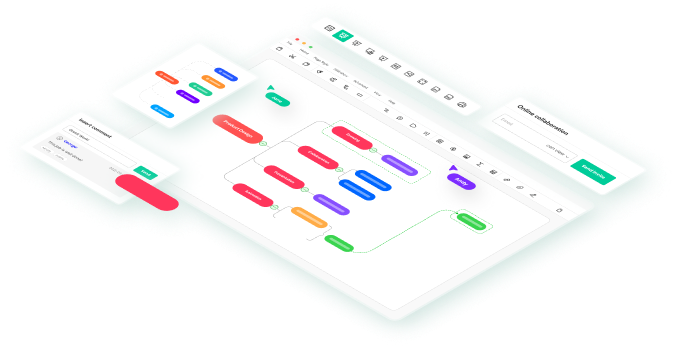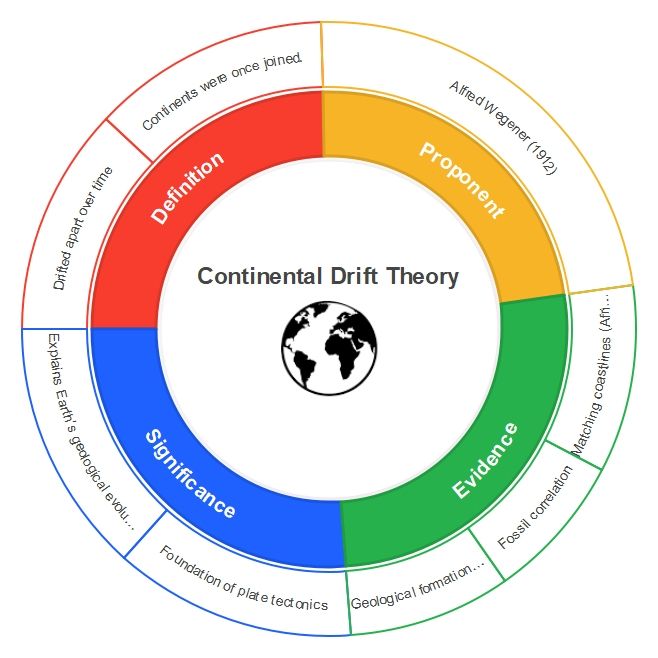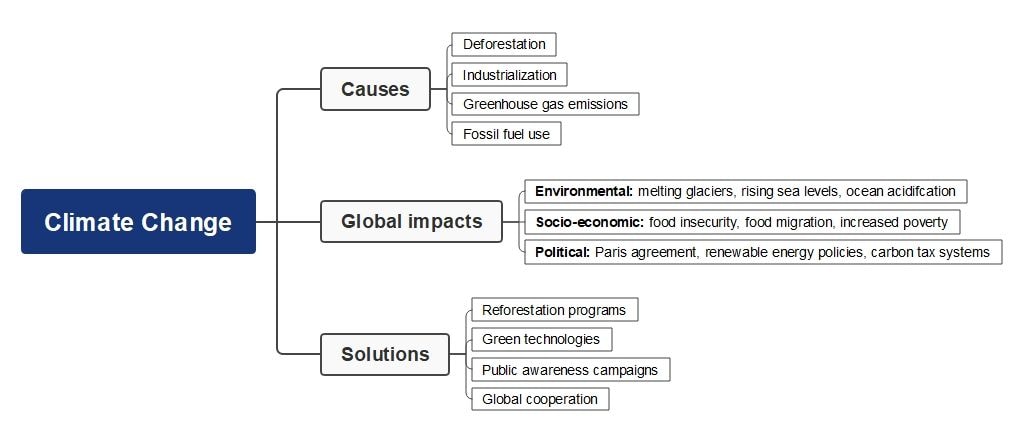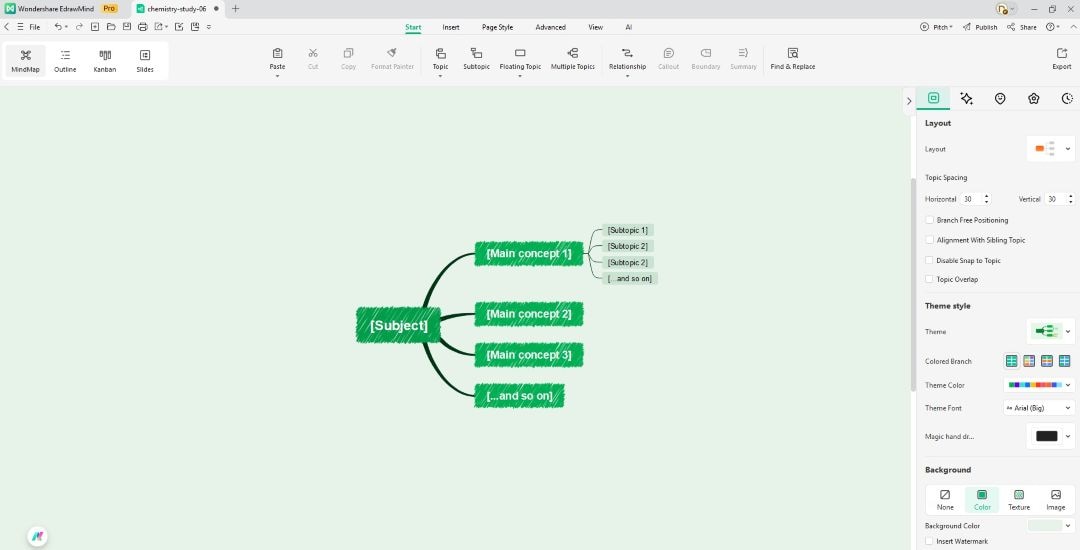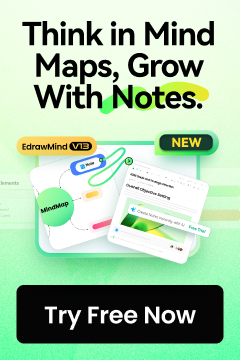For students, geography can be tricky. Between human and physical branches, there’s an enormous amount to remember—from tectonic plates to migration patterns.
But with the right techniques, anyone can turn this complex subject into an engaging journey of discovery.
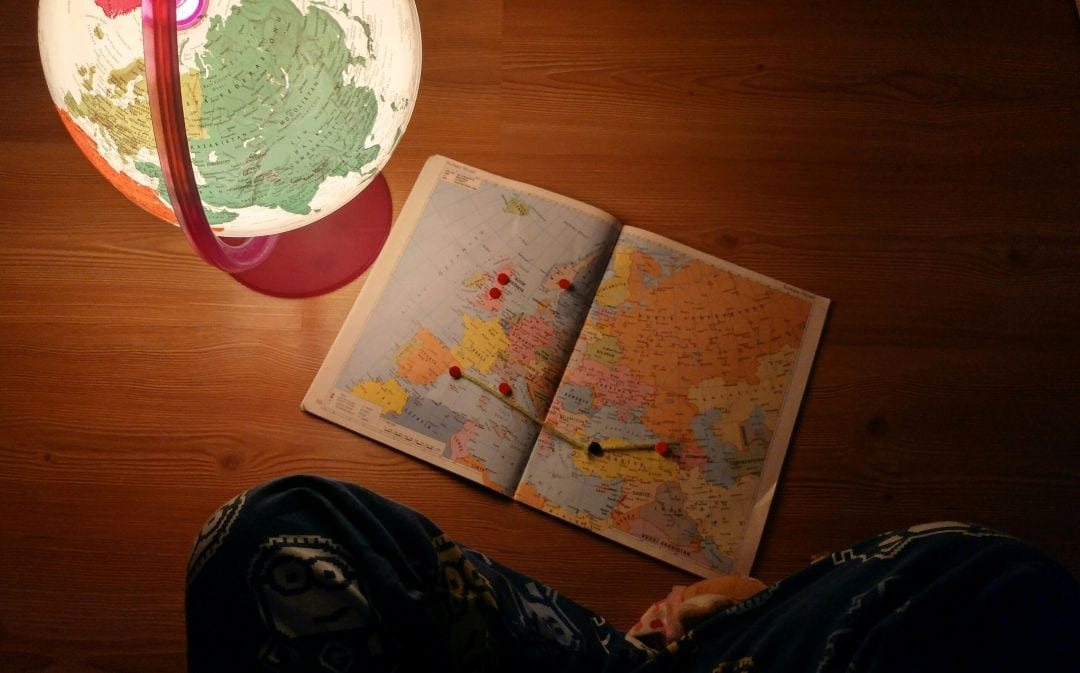
In this article
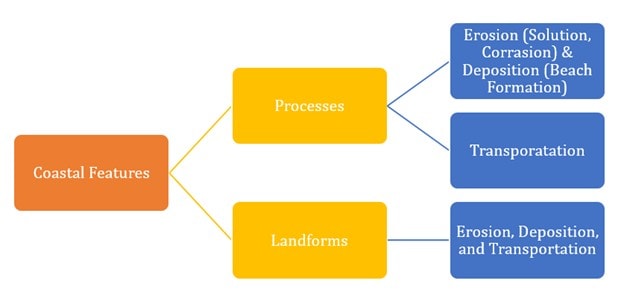
Why Geography is More Than Just Maps and Mountains
Have you ever stared at a map and wondered how people remember all those rivers, cities, and borders? You’re not alone. Geography can feel like a mountain of facts waiting to be climbed.
But here’s the secret: studying geography isn’t just about memorizing places—it’s about understanding the world. It explains why deserts form, how cities grow, and why people migrate. When you learn geography the right way, the world suddenly makes sense.
This guide will teach you how to study geography effectively in 2025 with practical tips, smart memory hacks, and tools that turn learning into exploration.
How To Study Geography Effectively
Learn and Practice Directions
Understanding directions and spatial relationships is the starting point of every geography lesson. North, South, East, and West may seem simple, but once longitude and latitude come into play, things can get confusing.
Knowing directions helps you navigate maps, read coordinates, and visualize global locations. It also improves how you interpret geographical data such as time zones, climate zones, and migration routes.
Tips for mastering directions:
- Practice using a compass app or a physical compass daily.
- Draw rough maps from memory to visualize positions.
- Use online direction games or map quizzes for practice.
- Relate directions to real landmarks near you.
Once you can accurately pinpoint places, analyzing “why” events occur in those areas becomes much easier.
Use Flashcards for Visual Learning
In geography, images and symbols communicate more effectively than long text. Flashcards transform complex information into bite-sized visuals, making learning both fun and memorable.
For example, instead of memorizing climate zones, you can use color-coded flashcards showing temperature and rainfall patterns. Flashcards work great for rivers, mountain ranges, capitals, and country outlines.
How to create effective geography flashcards:
- Use images, not just text—such as map sketches, satellite views, or symbols.
- Make cards interactive with QR codes linking to short videos.
- Review flashcards in short daily sessions (10–15 minutes).
- Sort them by topic (e.g., climate, population, topography).
Students on Reddit’s r/geography forum often recommend digital flashcard apps like Anki or Quizlet. They’re perfect for revising terms and maps quickly before exams.
Become an Atlas and Map Master
If geography were a language, maps would be its alphabet. Maps reveal everything—from the Earth’s structure to political boundaries, ocean currents, and population densities.
Being an “Atlas Master” means you don’t just read maps—you analyze them. You start seeing relationships between geography and economics, history, and culture.
Tips to become an Atlas expert:
- Start with world maps before studying specific regions.
- Use color coding to highlight climate zones, elevations, or borders.
- Compare historical atlases with modern ones to observe changes.
- Explore Google Earth or ArcGIS Online for interactive exploration.
According to a 2024 student survey by Geography Education Network, those who practiced with maps weekly scored 25% higher in spatial reasoning and recall tests.
Create Mind Maps To Connect Concepts
Geography is all about connections between people, landforms, and ecosystems. Mind maps visually represent those connections, turning scattered facts into meaningful patterns.
Creating mind maps helps you break big topics (like “climate change” or “urbanization”) into smaller, understandable branches. It also encourages active learning rather than rote memorization.
Benefits of mind mapping for geography:
- Simplifies complex topics like plate tectonics or world trade.
- Strengthens memory by combining text and visuals.
- Shows cause-and-effect relationships clearly.
This sample mind map helps students visualize how human actions connect to environmental outcomes. Instead of memorizing data, it encourages understanding relationships. Example: fossil fuel use → greenhouse gases → global warming → rising sea levels.
Pro Tip: Use EdrawMind for Smarter Mind Mapping
Tools like Wondershare EdrawMind make this process seamless. Its AI templates are suitable for geography topics like “Physical Geography Overview” or “Globalization,” making review sessions faster, more organized, and visually engaging.

With EdrawMind, you can:
- Generate AI-powered mind maps from text or topics.
- Add icons, links, and images for deeper understanding.
- Collaborate with classmates in real time.
- Export your maps as PDF study notes or presentations.
Develop a Study Plan
Studying geography effectively means building structure and balance into your routine. Cramming only leads to short-term memory, not deep understanding.
A study plan helps you cover vast topics systematically. Start by dividing subjects and assigning specific days to each.
Sample weekly plan:
| Day | Focus area | Study task |
| Monday | Physical Geography | Read about tectonic plates; sketch fault lines |
| Tuesday | Human Geography | Analyze population trends using charts |
| Wednesday | Cartography | Practice latitude and longitude exercises |
| Thursday | Environmental Studies | Research local climate zones |
| Friday | Revision | Review flashcards, maps, and notes |
Tips for building your plan:
- Set achievable goals—don’t overload your schedule.
- Use Pomodoro sessions (25 min study/5 min break).
- Track progress with apps or journals.
- Include review sessions before every quiz or exam.
A case study on The Student Room UK showed that geography majors using structured study plans improved their grades by 20%–30% in one semester.
Take Quizzes and Engage With Interactive Learning
Quizzes aren’t just tests—they’re powerful learning tools. Regular testing helps you identify weak areas and reinforce memory.
Use a mix of online and offline quizzes to keep things fun and diverse. Websites like Sporcle, Seterra, and GeoGuessr make geography learning almost game-like.
Quiz ideas:
- Map identification quizzes (countries, capitals, landmarks)
- Climate zone and biome matching games
- True/False world facts challenges
- Population and trade flow puzzles
Interactive learning builds confidence. Students in geography forums frequently note that weekly map quizzes help them recall locations faster than rote memorization ever could.
Top Reference Books for Geography Students
Books provide depth, context, and global perspectives that online articles can’t match. Below are some top recommendations:
| Book title | Author | Why it’s recommended |
| Geography: An Integrated Approach | David Waugh | A classic for physical and human geography concepts, ideal for high school and early college students. |
| Prisoners of Geography | Tim Marshall | Explains how geography shapes politics, borders, and world power; great for connecting theory to reality. |
| The Power of Geography | Tim Marshall | A follow-up exploring how location influences nations' futures. Insightful and easy to read. |
| Physical Geography: A Landscape Appreciation | Tom L. McKnight & Darrel Hess | Comprehensive coverage of landforms, climates, and ecosystems. |
Keep these references handy—they make excellent companions for both exam prep and general understanding.
Tips To Study Geography More Efficiently
Students often wonder, “How do I study geography without feeling overwhelmed?” Here are real-life insights gathered from online communities and academic forums:
- Case Study 1 – Forum Insight (r/geography)
A student reported cutting study time in half by switching to topic clustering—studying themes (like water cycles or migration) across multiple chapters instead of one at a time.
- Case Study 2 – The Student Room (UK)
Another learner improved map recall using daily “micro quizzes” of just 10 minutes each morning, reinforcing long-term memory before breakfast.
- Case Study 3 – Reddit Study Community (r/GetStudying)
Many users shared success with EdrawMind and Notion integration, saying it helped visualize complex relationships among regions, trade systems, and environmental changes.
Practical takeaways:
- Use spaced repetition for long-term memory.
- Alternate between physical and digital maps.
- Watch documentaries like Planet Earth or The Geography Now! Series to visualize learning.
- Teach a friend—a proven technique for reinforcing knowledge.
- Leverage free mind mapping tools like EdrawMind to boost efficiency.
How To Boost Efficiency With a Mind Map
🌍 Geography involves both natural and human systems that interact across regions. Mind maps simplify this complexity by linking physical processes with cultural and environmental factors in one organized visual.
They help students understand global patterns, such as how landforms influence climate or how people adapt to their surroundings, which builds better spatial awareness.
Tips to use mind maps in geography:
- Start with the main categories: physical, human, and environmental geography.
- Add nodes for climate, vegetation, landforms, and urbanization.
- Link countries and examples to specific topics.
- Use images or map icons for visual memory.
- Create cause-and-effect arrows (e.g., pollution → global warming).
Why Use EdrawMind
EdrawMind allows geography students to visualize global data and natural systems through detailed, interactive mind maps. It helps connect concepts across regions, making learning more engaging and memory-friendly with visually rich templates.
Geography connects everything—people, culture, and nature. Learning it effectively isn’t about memorization; it’s about curiosity, observation, and visualization.
With these strategies, reference books, and tools like EdrawMind, you can transform geography from a memorization-heavy subject into a fascinating exploration of the world.
Start small, stay consistent, and map your way to mastery.
FAQ
-
How many hours should I study geography each day?
Aim for 2–4 focused hours daily. Consistency and understanding are more valuable than marathon sessions. -
What’s the hardest part of studying geography?
Most students struggle with map retention and concept integration, which involves linking human and physical aspects. Mind maps and visual tools help bridge that gap. -
Should I focus more on physical or human geography?
Study both. Physical geography builds scientific understanding, while human geography explains how societies function. Both fields overlap in exams and real-world applications. -
What tools or apps help the most?
Use EdrawMind for mind mapping, Google Earth for exploration, and Quizlet for flashcards. These tools simplify complex study materials. -
How can I prepare for geography exams effectively?
Review with quizzes, make summary charts, and practice sketching maps. Prioritize understanding relationships over memorizing facts.



